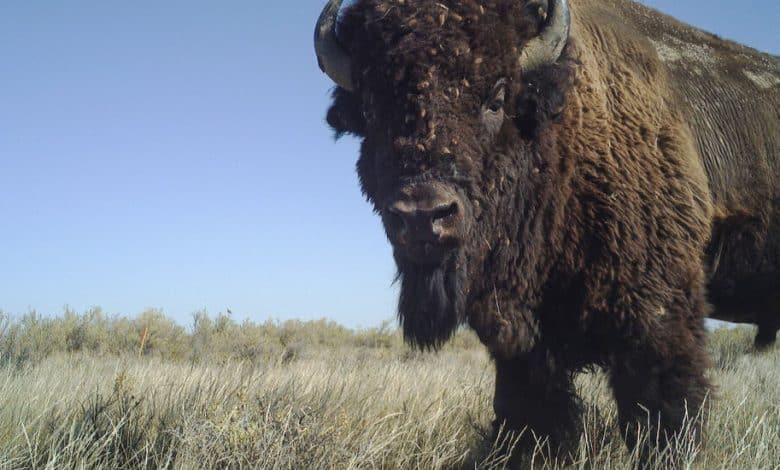Where the Wild Things Went During the Pandemic

In the early months of the Covid pandemic, when every bit of news seemed bleak, there was one heartwarming narrative that took hold: With humans stuck in their homes, the world was safe again for wild animals, which could now wander freely through cities, parking lots or fields that once might have been crowded with people.
But a new global study, which used wildlife cameras to track human and animal activity during the Covid lockdowns, suggests that the story was not that simple.
“We went in with a somewhat simplistic notion,” said Cole Burton, a wildlife ecologist and conservation biologist at the University of British Columbia, who led the research. “You know, humans stop, animals are going to breathe a sigh of relief and move around more naturally. And what we saw was quite different.”
Although humans disappeared from some places during the lockdowns, they surged into others, like parks that remained open when little else was, the researchers found. And there was enormous variability in how wild mammals responded to changes in human behavior. Carnivores and animals living in remote, rural places, for instance, were more active when people faded from the landscape, while the opposite was generally true for large herbivores and urban animals.
The study, which was published in Nature Ecology & Evolution on Monday, deepens and complicates scientists’ understanding of what has been called the “anthropause,” when pandemic lockdowns radically altered human behavior. It also highlights the nuanced ways in which humans affect the lives of wild animals, as well as the need for varied and multifaceted conservation efforts, the authors said.
“There’s no ‘one size fits all’ solution when it comes to mitigating the impacts of human activity on wildlife,” said Kaitlyn Gaynor, a wildlife ecologist and conservation biologist at the University of British Columbia. “Because we see that not all species are responding similarly to people.”